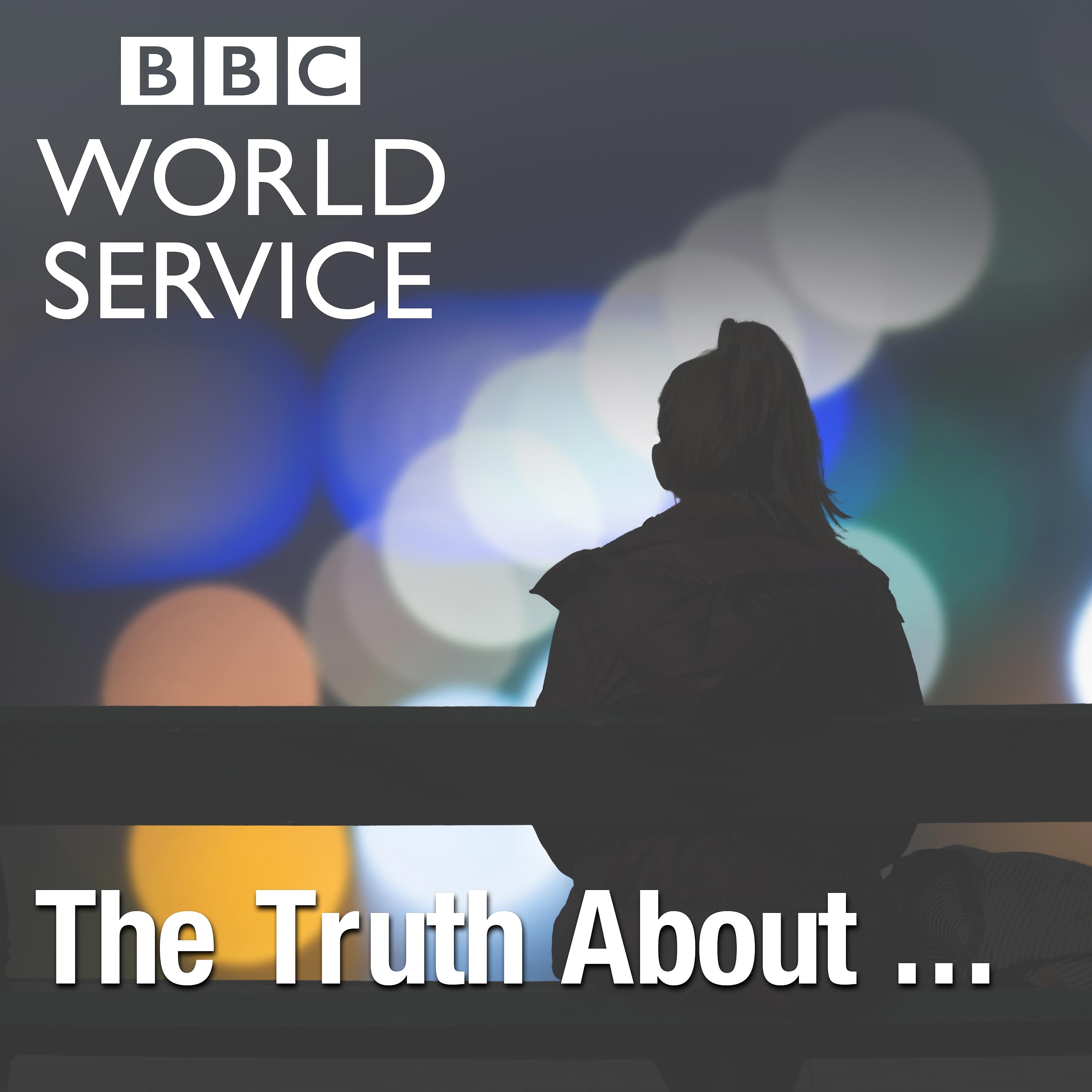Life and Death: Fertility on a Shoestring

b'
Claudia Hammond exposes a hidden problem which occurs before life has even begun. Nosiphiwo was ostracised by her husband\\u2019s family in South Africa after years of trying, in vain, for a baby. Stories like Nosiphiwo\\u2019s, of social stigma and even physical abuse and destitution, are common in low-income countries, where most of the millions of infertile women in the world reside. While programmes tackle the causes of infertility, such as preventing and treating sexually transmitted infections, calls to provide affordable fertility services have been overlooked by agencies which tend to focus on the problem of over population.
Claudia visits Tygerberg Hospital in Cape Town where infertility treatment is being offered at a fraction of the cost of private clinics. Programme Director, Dr Matsaseng, is pioneering differing ways to keep costs down, from using cheaper medications in smaller amounts, to taking on the jobs of several staff himself, texting and supporting patients through each stage of their cycle to co-ordinate their treatments.
The next step is to find a way to take low-cost infertility treatment to rural areas. But this requires a laboratory. The Walking Egg Project, a shoe-box sized portable laboratory for performing IVF, could provide the answer. By the start of 2014, sixteen babies had been born using the system and the team in South Africa now hope to trial it at the hospital.
'